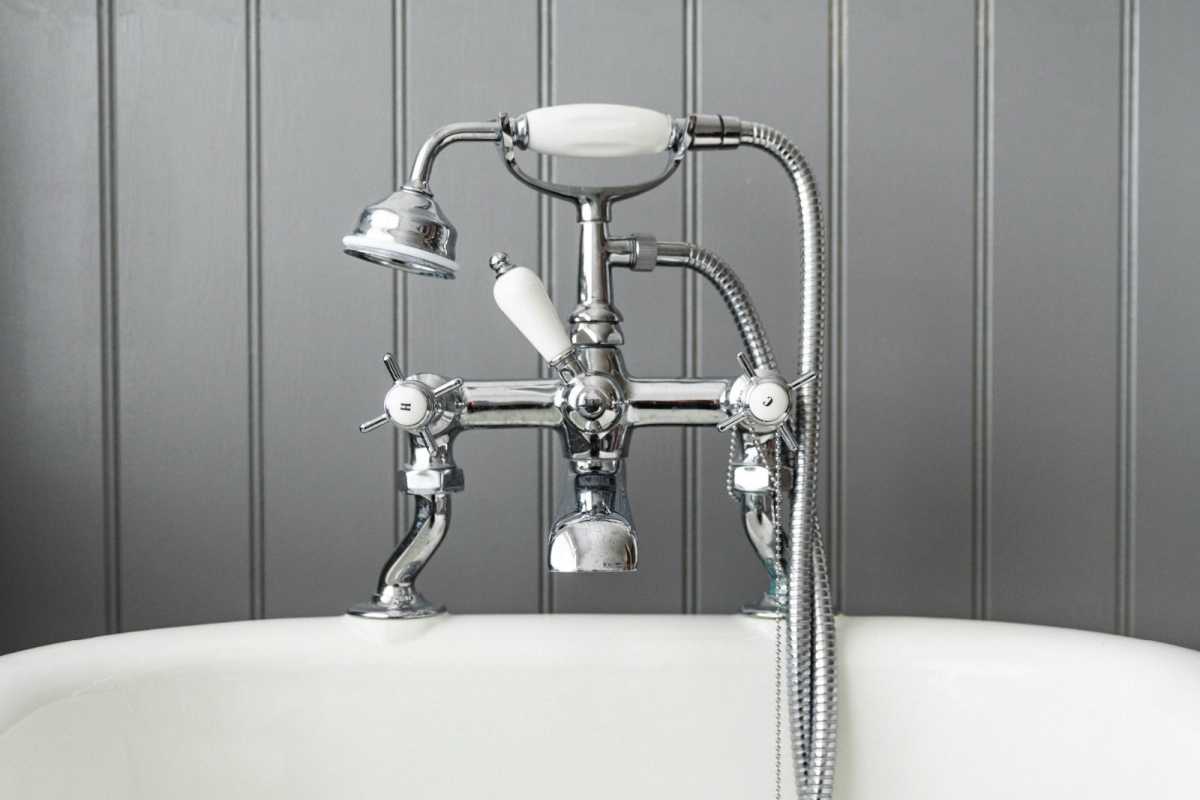Sustainable Plumbing: Reducing Your Carbon Footprint
- - Category: Bath Showers
- - 26 Jun, 2024
- - Views: 38
- Save

Learn how you can utilize plumbing to reduce your home's carbon footprint
As awareness of climate change and environmental issues continues to grow, many homeowners are looking for ways to reduce their carbon footprint and make their homes more sustainable. One often overlooked area where you can make a significant impact is your plumbing. By making some simple changes to your plumbing practices and fixtures, you can not only save money on your water bill but also help protect the environment. Here are some tips and tricks for sustainable plumbing that can help you reduce your carbon footprint.
Fix Leaks Promptly
One of the most important things you can do to reduce water waste and lower your carbon footprint is to fix leaks promptly. Even a small leak in a faucet or pipe can waste hundreds of gallons of water each month. Not only is this bad for the environment, but it can also lead to higher water bills. By fixing leaks as soon as they are detected, you can save both water and money.
Install Low-Flow Fixtures
Another easy way to reduce your water usage and carbon footprint is to install low-flow fixtures in your home. Low-flow toilets, showerheads, and faucets are designed to use less water without sacrificing performance. By replacing old, inefficient fixtures with low-flow alternatives, you can significantly reduce your household's water consumption.
Consider a Tankless Water Heater
Traditional water heaters store hot water in a tank, which requires energy to keep the water heated even when it is not being used. Tankless water heaters, on the other hand, heat water on demand, which can result in significant energy savings. By switching to a tankless water heater, you can lower your energy consumption and reduce your home's carbon footprint.
Harvest Rainwater
If you live in an area that receives regular rainfall, consider installing a rainwater harvesting system on your property. This system collects rainwater from your roof and stores it for later use in watering plants or flushing toilets. By using rainwater for non-potable purposes, you can reduce your reliance on municipal water sources and lower your overall water usage.
Practice Water Conservation
Finally, one of the simplest ways to reduce your carbon footprint through sustainable plumbing is to practice water conservation habits in your daily life. This includes turning off the tap while brushing your teeth, taking shorter showers, and only running full loads in the dishwasher or washing machine. These small changes may seem insignificant on their own but can add up over time to make a meaningful impact.
In conclusion, sustainable plumbing is an excellent way for homeowners to reduce their carbon footprint and contribute to a healthier planet. By implementing some of the tips mentioned in this blog post – such as fixing leaks promptly, installing low-flow fixtures, considering a tankless water heater, harvesting rainwater, and practicing water conservation – you can make a positive difference for the environment while also saving money on utility bills. Remember that every drop counts when it comes to conserving our precious resources!

